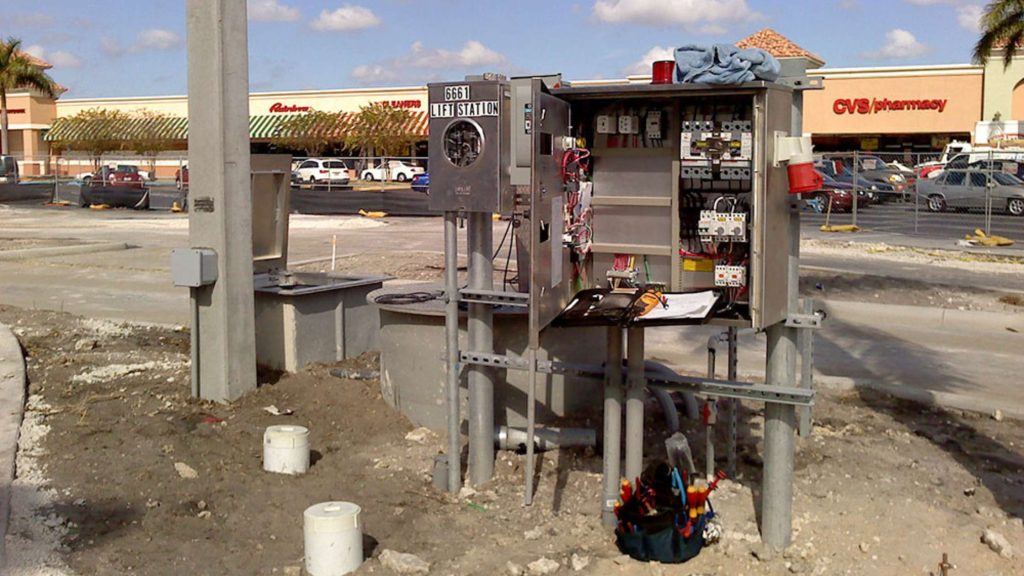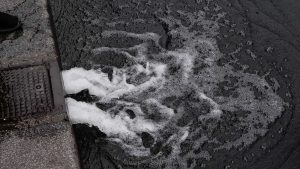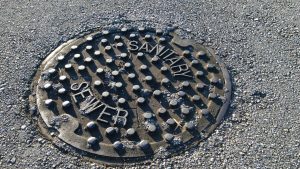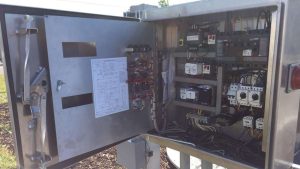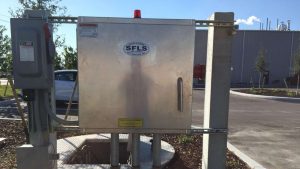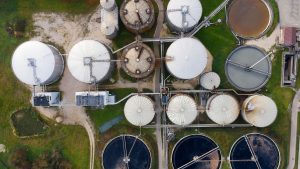You’re likely aware that lift station troubles can throw a wrench in wastewater management operations, but what if you could prevent them before they even start? It’s essential to understand the common culprits—like pump failures and clogged pipes—that often lead to these disruptions.
Regular maintenance is your first line of defense, yet there’s more to consider beyond routine checks. What happens when the unexpected, such as power outages, strikes? Tackling these challenges head-on requires more than just basic knowledge.
Are you ready to discover effective strategies that will keep your lift stations operating seamlessly and effortlessly?
Understanding Lift Station Issues
When it comes to understanding lift station issues, you can’t overlook the role of these critical systems in maintaining the smooth flow of wastewater.
Lift station technology is vital for preventing disruptions, and knowing how to address problems quickly is crucial. You’ll need effective troubleshooting techniques to identify and resolve issues before they escalate.
Emergency response plans are essential to mitigate the impact of unexpected failures and ensure continuous operation. Consider equipment upgrades when outdated systems can’t meet current demands, enhancing efficiency and reliability.
Additionally, staying compliant with regulatory requirements is a must to avoid fines and environmental hazards. Being proactive in addressing these aspects ensures lift stations operate smoothly, protecting communities and the environment from wastewater mishaps.
Importance of Regular Maintenance
Regular maintenance is crucial for keeping lift stations operating efficiently and avoiding costly issues down the line. By implementing preventive measures and adhering to maintenance schedules, you can drastically reduce the risk of unexpected breakdowns.
Here’s how you can ensure optimal performance:
1. Inspection Frequency: Schedule regular inspections to catch potential problems early. This proactive approach can save you both time and money.
2. Technician Training: Ensure that technicians are adequately trained. Skilled professionals can identify issues that untrained eyes might miss, improving lift station reliability.
3. Performance Monitoring: Continuously monitor the performance of pumps, motors, and controls. This helps in early detection of anomalies and facilitates timely interventions.
Common Lift Station Problems
In addressing common lift station problems, it’s crucial to recognize the role of pump failures and clogged pipes in disrupting operations.
Prioritize keeping pump performance optimal by arranging consistent maintenance and performing comprehensive inspections of the pipes. These steps help identify potential issues before they escalate.
Debris management is essential to prevent blockages; ensure routine cleaning to remove debris and grease buildup.
Implementing a solid maintenance schedule allows for timely interventions, reducing the risk of system downtime and sewage spills.
Embrace monitoring technology to keep an eye on pump efficiency and detect anomalies early.
Effects of Power Outages
Addressing common lift station problems like pump failures and clogged pipes is vital, but external factors such as power outages can significantly disrupt operations, too.
You need to focus on contingency planning to minimize these effects. Implementing reliable backup systems, such as generators, ensures continuous operation during outages. Regular equipment testing is crucial to ensure that these systems function when needed.
Power outages can lead to:
1. Operational disruptions: Without power, pumps may shut down, causing wastewater transport issues.
2. Risk of backups: Ineffective transport can lead to wastewater spills if not promptly addressed.
3. Equipment damage: Sudden power restoration might cause surges, damaging sensitive components.
Preventing and Managing Troubles
Many steps can be taken to prevent and manage lift station troubles effectively. Start by implementing troubleshooting techniques to identify potential issues early. Equip your team with the necessary skills through comprehensive staff training, ensuring they’re prepared for any situation.
Regularly review performance metrics to spot trends and address them before they become significant problems. Invest in equipment upgrades to keep your lift station running efficiently and reduce the risk of failures.
Develop a robust emergency response plan to handle unexpected incidents swiftly and minimize downtime. Your proactive approach will ensure the lift station operates smoothly, avoiding costly repairs and environmental hazards.
Stay vigilant and continuously improve your strategies to maintain optimal performance and reliability in your lift station operations.
Ensuring Optimal Performance with South Florida Lift Station
South Florida Lift Station is a leader in wastewater management. They offer a full range of services to keep lift stations running efficiently. Their skilled team uses the latest technology to quickly handle issues like clogs, power outages, and spills.
Collaborating with South Florida Lift Station allows clients to adhere to industry standards while contributing to a healthier environment. Their commitment to excellence guarantees efficient operations and provides reassurance, solidifying their reputation as the reliable option for lift station requirements.
Rely on their expertise to keep your wastewater management system strong and secure.

